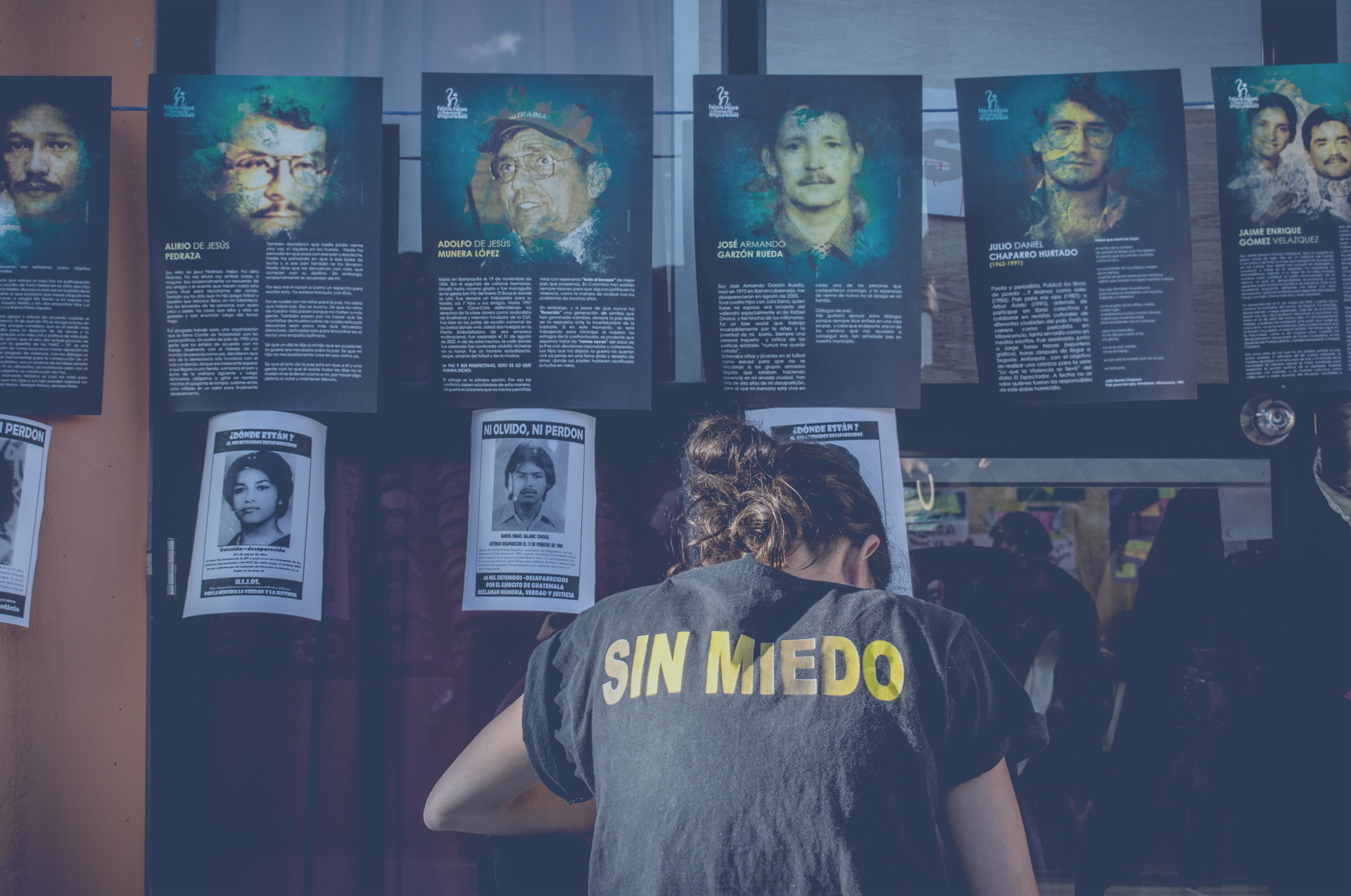
We incorporated the lessons from the first Peace Festival and brought in new participants with distinct experiences of conflict and peacebuilding. Participants expressed the necessity of spaces for dialogue, exchange, and reflection to produce actionable knowledge and creative know-how that reinvigorates their practices given the complex realities in which they operate. They also require ways to connect with other actors in networks of solidarity and knowledge that create synergies. The Peace Festival II consolidated what was produced and opened new spaces for knowledge co-production and wider impact.
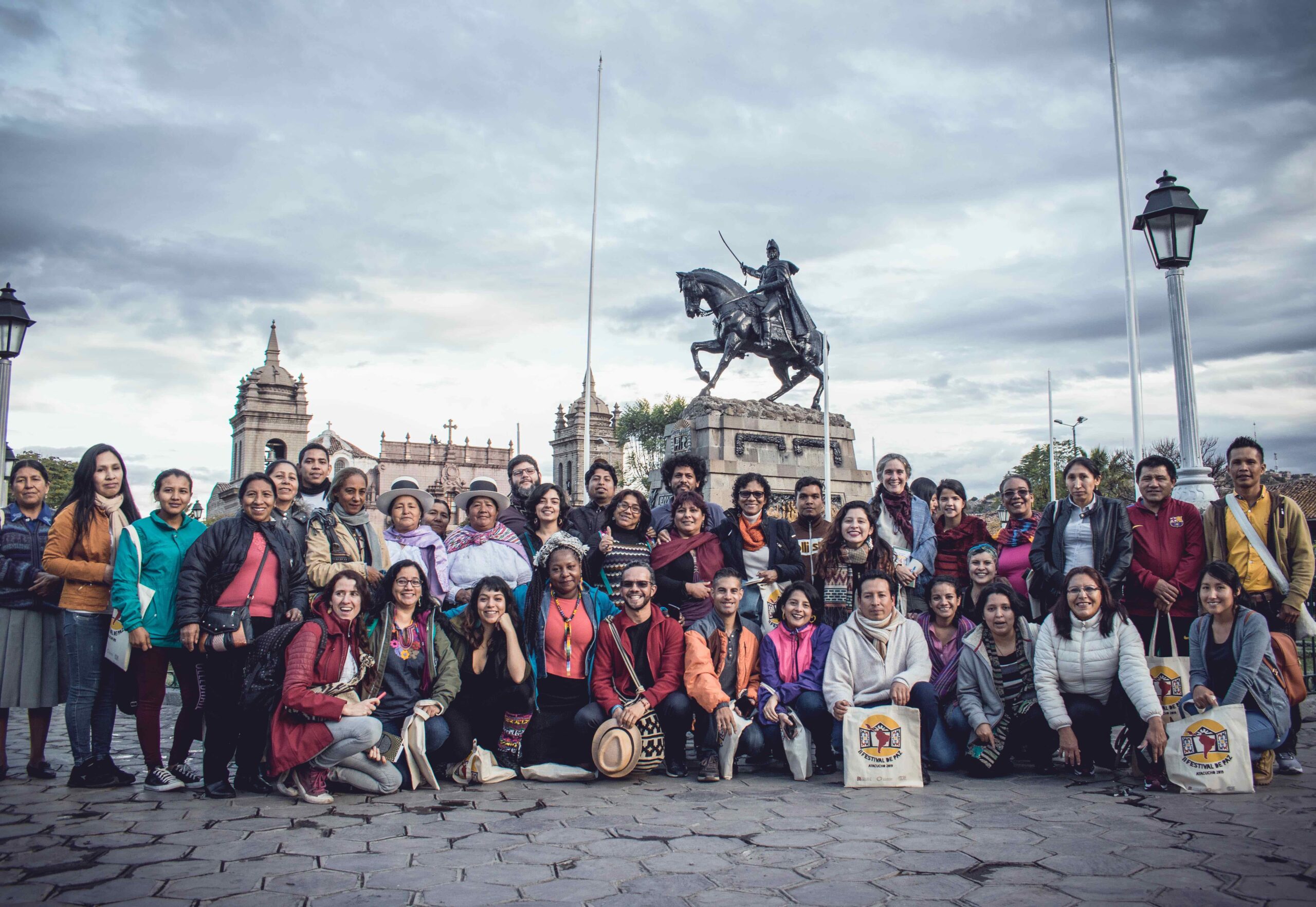
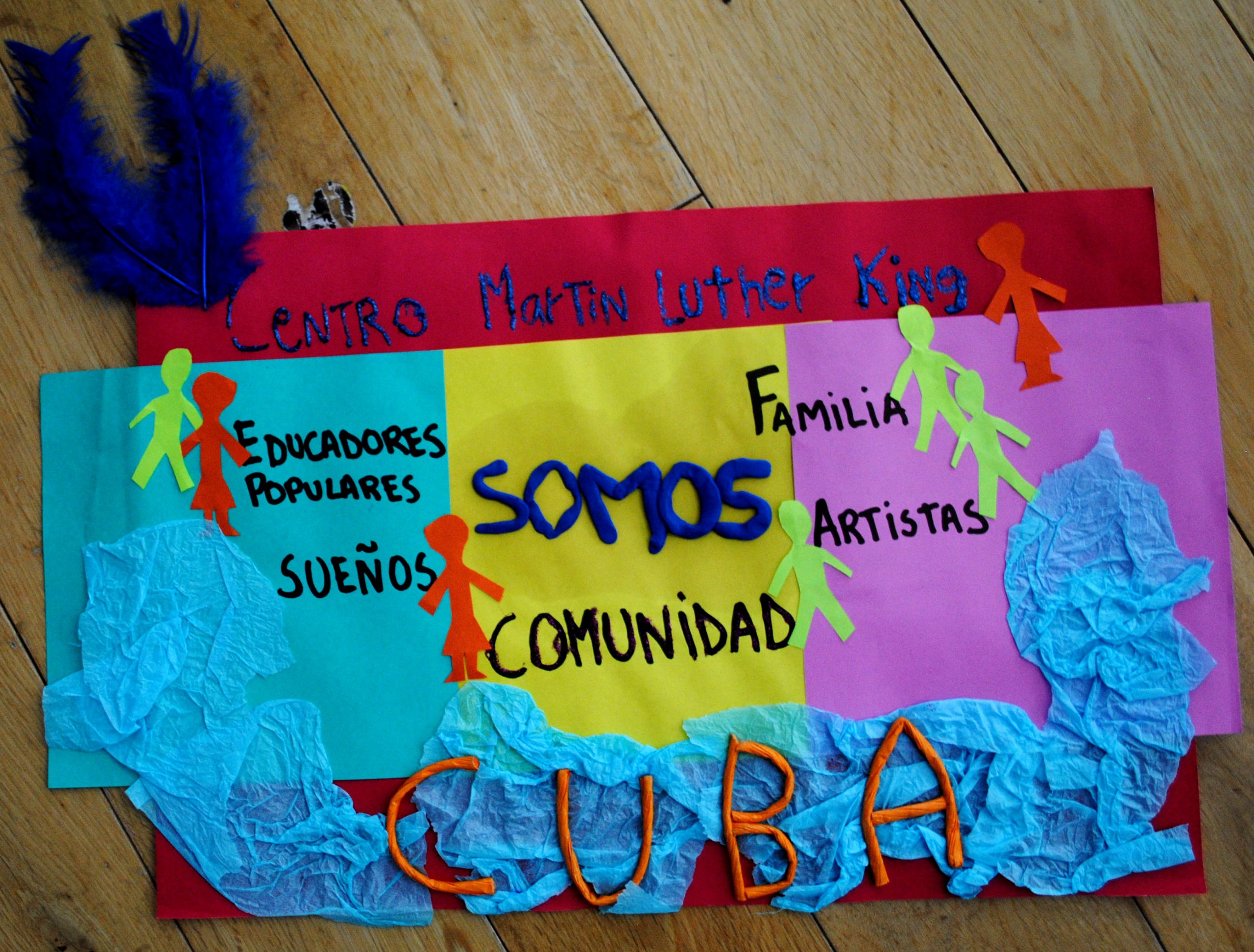
One of the first steps is always an exchange between two groups, where each tells the other where they come from and what they do. From this conversation, the group that receives the story makes a creative poster representing the other group. This is how these imaginative pieces arise, which we hang together as one and where the groups see themselves reflected from the interpretations of the others

The methodology of the Peace Festivals has as a starting point that the activists are the ones who know most about creativity, memory, and peacebuilding. Every day we fill the physical space with the samples that each group brings from its own history, with the conversations we hold, and with the notes, drawings, paintings, yarns, and collages that we produced. There are moments when each group makes us part of their experiences and methodologies, and there are moments when together, we create something new. All this feeds emotions, affections, dialogue, and reflection that sometimes happens in a collective and other times in the margins. In the Ayacucho Festival, we worked with photographs of the different contexts of each group. We started by looking at the photos and discussing what each one of us is facing, to end collectively representing our contexts and our struggles through collages of intervened photographs.
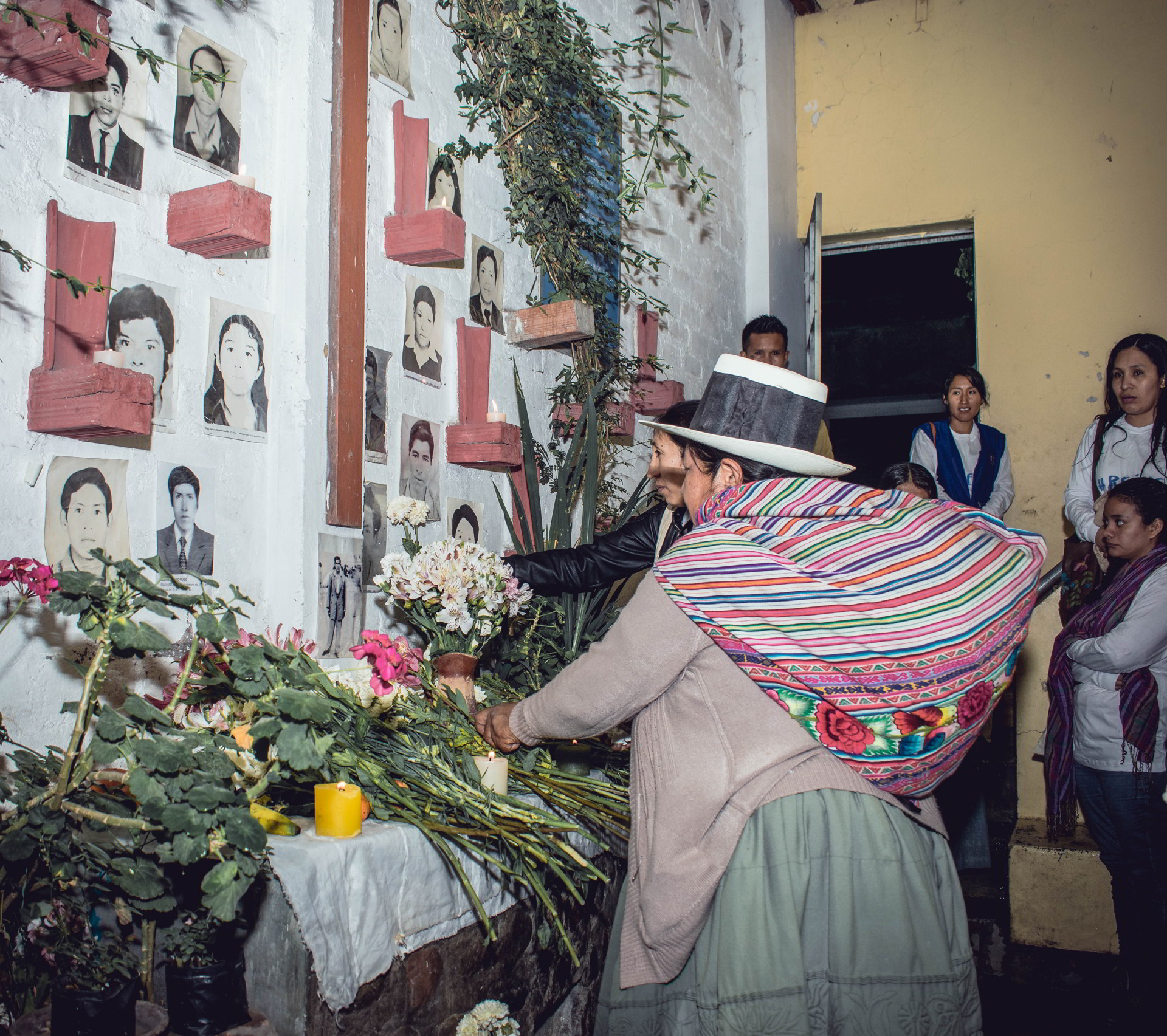
The Asociación Nacional de Familiares de Secuestrados, Detenidos y Desaparecido del Perú was our host organization in Ayacucho. ANFASEP is the oldest association of relatives fighting for truth, justice and reparation in Peru. It was founded by Quechua-speaking women in 1983 and is now a symbol of struggle and persistence.
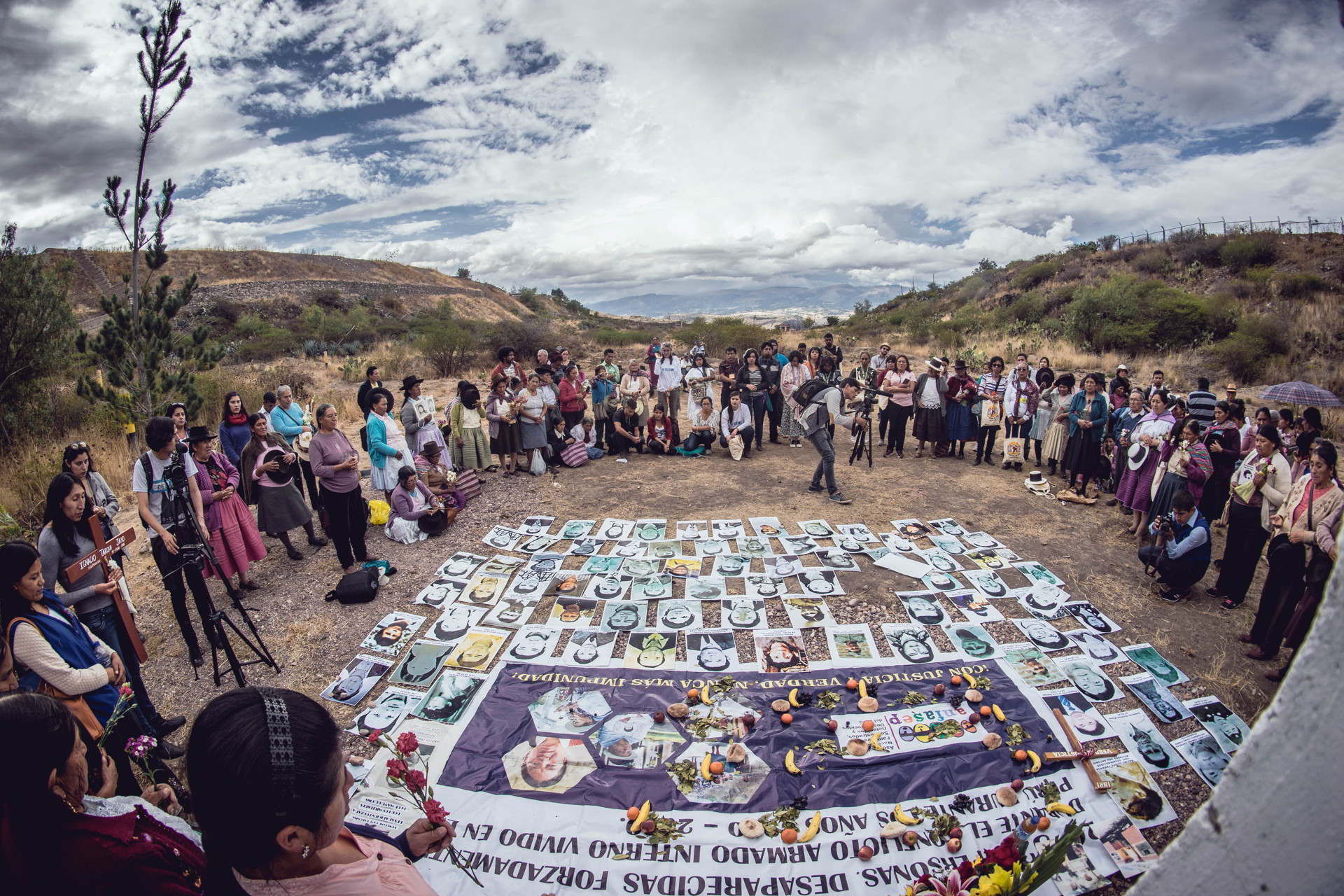
Places are made of stories, so it was vital to start by recognizing where we were located. We visited the Santuario de la Memoria de La Hoyada, accompanied by the members of ANFASEP, and this grounded our reflections about our experiences of creativity in the face of the violence of war. La Hoyada is where the Peruvian army burnt and buried clandestinely hundreds of people who were tortured and killed in the military base "Los Cabitos" during the internal war. Since 2005, when the exhumation of mass graves began, ANFASEP together with other organizations, have been fighting for the recognition of La Hoyada as a Memory Sanctuary. For ANFASEP, "The Sanctuary of Memory is a shared will of a people with the capacity to embrace the past in order to build their future."
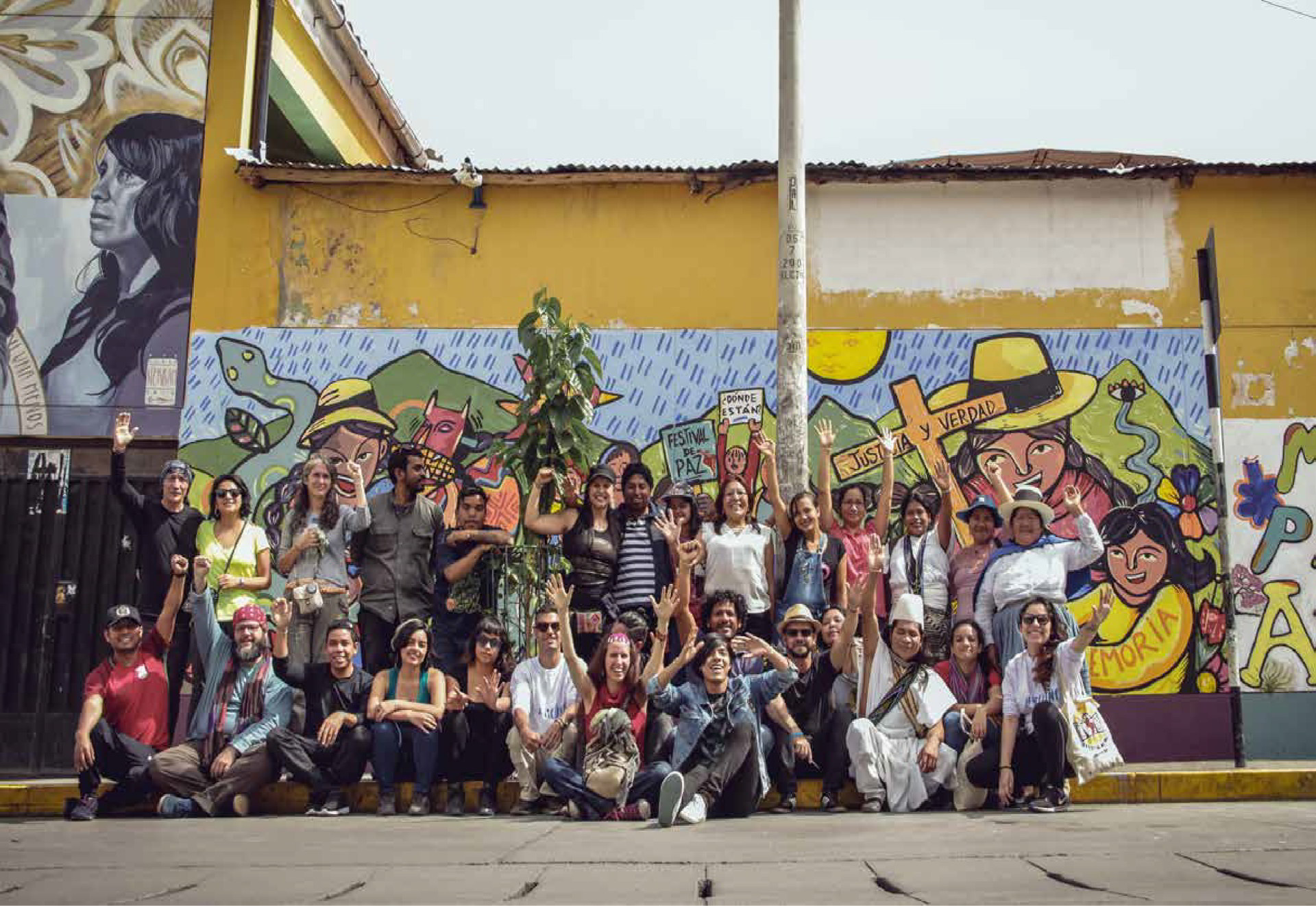
The festivals unfold as spaces of collective creation. In Ayacucho, we proposed to materialise our encounter with the creation of a mural. From design to execution, the mural was built collectively and, in return, shows the diversity of initiatives and stories in a creative way. It is located on the external wall of a school, remaining as a colourful irruption in the public space, as a legacy of memories and dreams.

The festivals unfold as spaces of collective creation. In Ayacucho, we proposed to materialise our encounter with the creation of a mural. From design to execution, the mural was built collectively and, in return, shows the diversity of initiatives and stories in a creative way. It is located on the external wall of a school, remaining as a colourful irruption in the public space, as a legacy of memories and dreams.